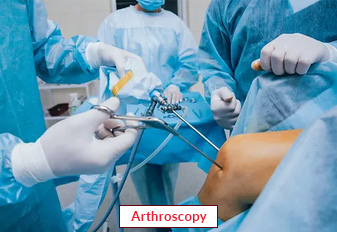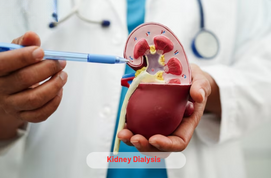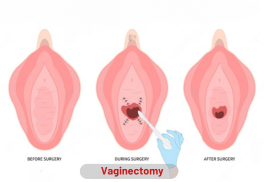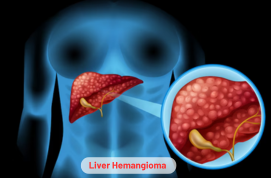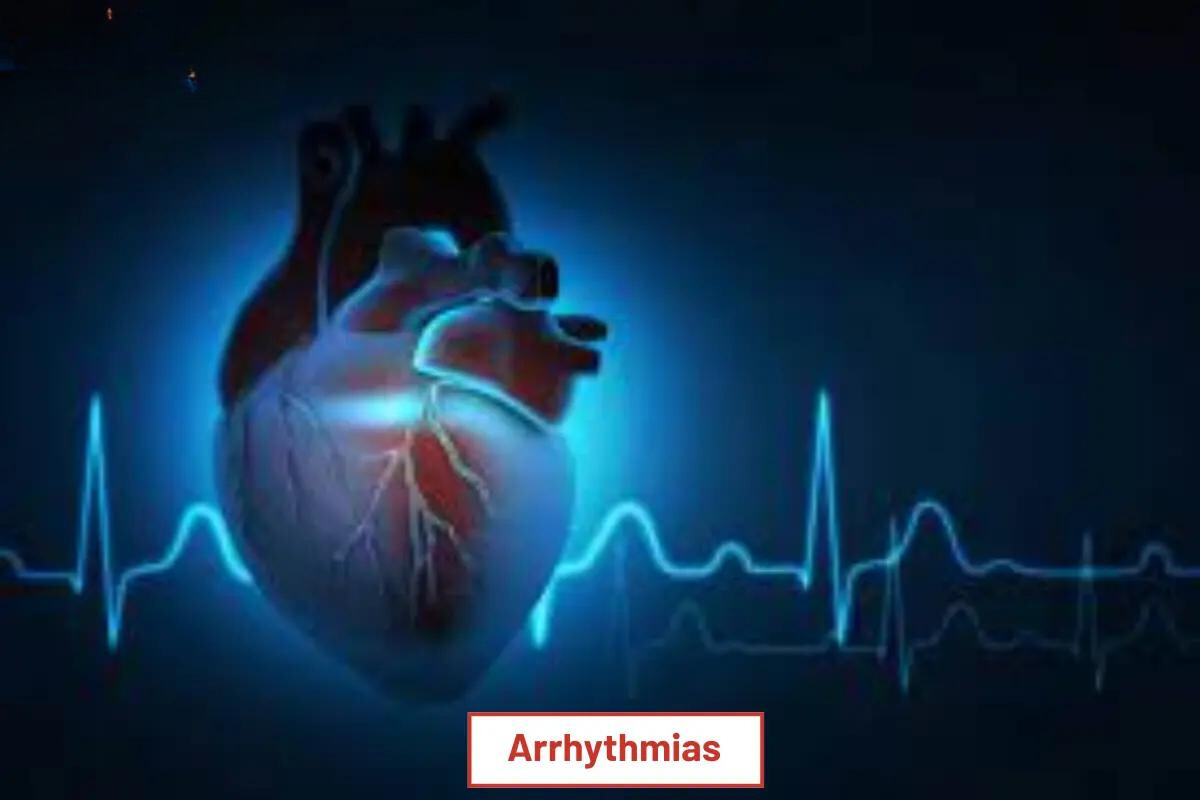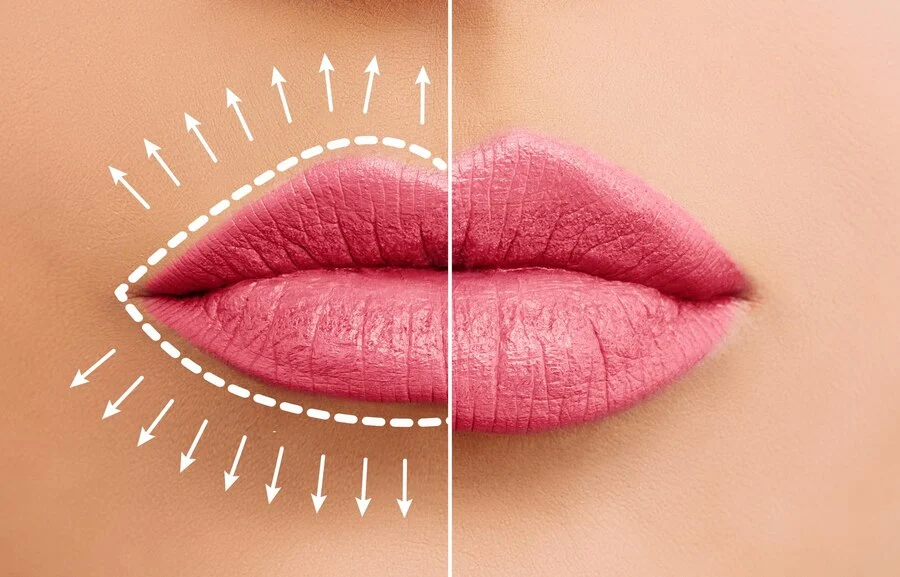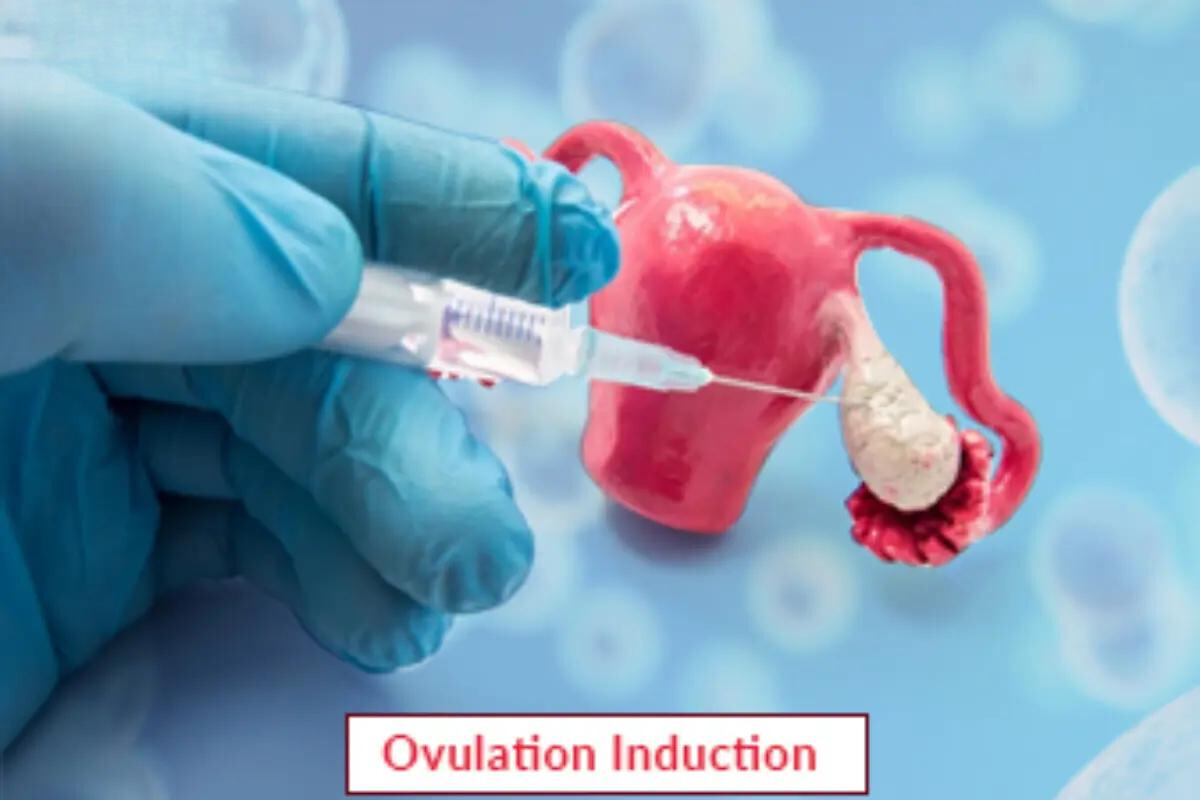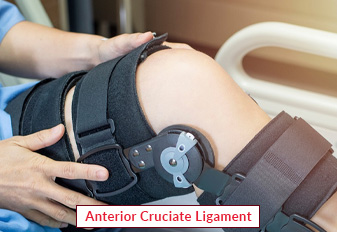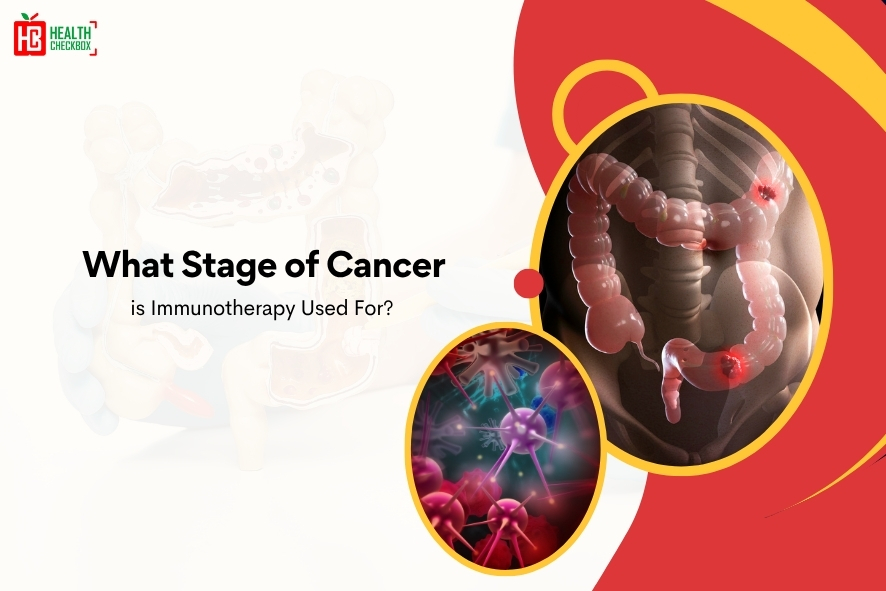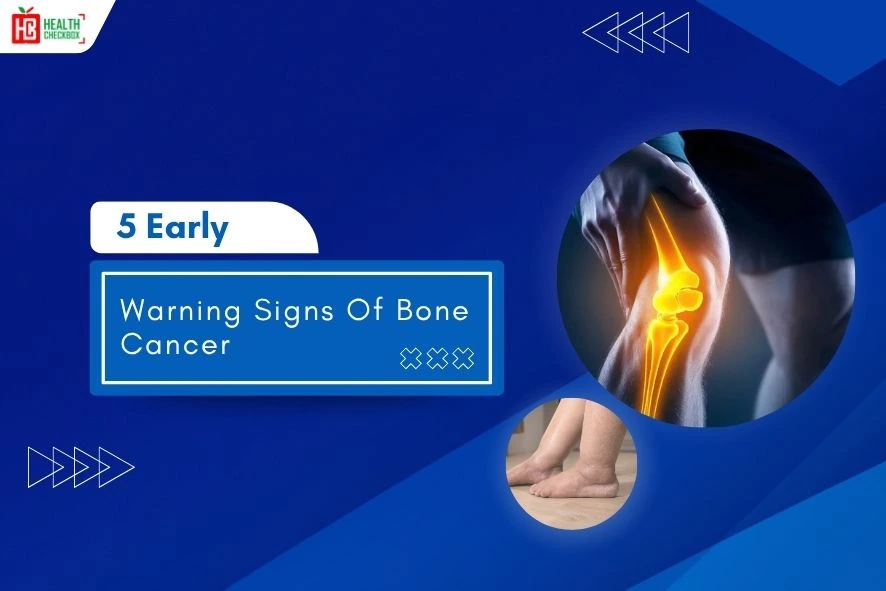Thyroid disorder affects the function of your thyroid gland. It is rare and common in adults and children. If it is left untreated, then it causes depressed mood, trouble in sleeping, fatigue, etc, as its common symptoms, which will be dangerous for our health. Thyroidectomy surgery is the best option for this problem. It involves in removing goiters and thyroid nodules and treating thyroid cancer in patients. A surgeon performs this surgery for the removal of thyroid gland, which affected from these disorders. It requires thyroid ultrasound or CT scan as the imaging tests.
Thyroidectomy involves a removal of a thyroid gland partially or fully. A gland is situated at the front of the neck and is a part of an endocrine system. It looks like a butterfly-shaped gland. The working of thyroid gland is to regulate metabolism. It produces and releases hormones that control many important functions of your body. They are often called as thyroid hormone. Hormones are chemical messengers that passes through your bloodstream, which aid in regulating body’s psychology and behavior. They are responsible for growth and development, sexual function, mood, etc.
Types of Thyroidectomy
Thyroidectomies are of two main categories that is, partial and total. Partial thyroidectomy involves removing a part of thyroid gland. It consists of three types:
- Isthmusectomy: A thyroid tissue is removed between the two lobes. This surgery specifically performed for small tumors that develops in isthmus.
- Open Thyroid Biopsy: This operation involves a removal of thyroid nodule directly. It can be rarely performed by the surgeons.
- Thyroid Lobectomy: It involves a removal of one lobe in your thyroid gland.
In total thyroidectomy, a surgeon removes your complete thyroid gland from the neck.
You may need a type of thyroidectomy depending upon your following disorders. A hemithyroidectomy is needed for patients with a nodule on one side of their thyroid gland, whereas total thyroidectomy may be recommended for large goiter or large cancerous tumor.
Why Do We Need Thyroidectomy Surgery?
This surgery can be required for the treatment of certain conditions. These are as follows:
- Thyroid Cancer: Thyroid cancer can be managed when surgeon removes most or all of your thyroid gland. This medical problem is common in patients.
- Non-Cancerous Enlargement of the Thyroid (Goiter): Patients may feel uncomfortable or find difficulty in breathing or swallowing. A better option for this treatment is to remove a part or all of your thyroid gland.
- Overactive Thyroid (Hyperthyroidism): It occurs due to excess hormone delivers from thyroid gland. If you have issues with anti-thyroid drugs or don’t want radioactive iodine therapy, then thyroidectomy can be a better option for the treatment.
- Suspicious Thyroid Nodules: A surgeon uses needle biopsy for sample testing, but fails to check whether thyroid nodules are cancerous or non-cancerous. If your nodules are at higher risk or cancerous, then you may be eligible for this surgery.
Risks and Complications of Thyroidectomy Surgery
Thyroidectomy is generally safe, but it leads to several complications. These are as follows:
- Low parathyroid hormone levels
- Bleeding
- Permanent hoarse or weak voice
- Infection
- Injury to recurrent laryngeal nerve
How can Thyroidectomy Surgery be Prepared?
The specific instructions are provided for the preparation of this surgery. It is important for any patient to follow these instructions before surgery. These are as follows:
- The imaging tests, such as computed tomography (CT) scan, thyroid ultrasound, etc, may be required, which helps the surgeon to determine the location of abnormal thyroid.
- A fine needle aspiration may be performed for thyroid nodules treatment. It checks your growth whether it is cancerous or non-cancerous.
- Your vocal chord function may be checked by your healthcare provider.
- A thyroid medicine may be needed to suppress overproduction of thyroid hormone.
- You are suggested to quit smoking and ask for help to your healthcare provider.
If you take both prescription and non-prescription drugs, then consult with your healthcare provider. He or she suggests you to stop taking blood-thinning medicines. You may ask which type of medicine is best suitable on the day of your surgery. Before the starting of medical procedure, you are not supposed to eat or drink for few hours. The specific instructions are provided by your healthcare provider.
Thyroidectomy Surgery Procedure
Thyroidectomy is a surgical procedure performed in India to remove all or part of the thyroid gland, often indicated for conditions such as thyroid cancer, nodules, or hyperthyroidism. The surgery is typically conducted under general anesthesia and may involve advanced techniques, including minimally invasive approaches, with a focus on ensuring patient safety and postoperative recovery.
Before Procedure
Surgeons provide general anesthesia for thyroidectomy procedure. An anesthetic medication will be provided for breathing through a mask or a liquid medication is injected into your vein. After you are unconscious, a surgeon may attach a breathing tube with a trachea, which assists your breathing throughout the surgery.
Your heart rate, blood pressure, and blood oxygen level are checked when different monitors are placed on your body. A blood pressure cuff is attached to your arm, whereas heart monitor is fixed with your chest.
During Procedure
A low incision is made in the center of the neck. Surgeon makes it less visible by placing this incision in the skin crease. After that, all or part of the thyroid is removed, depending on your disorder.
A surgeon examine and removes your lymph nodes around the thyroid gland for thyroid cancer treatment. The special equipments are used to monitor vocal cords irritation in some patients. It may take more or less time depending on your surgery extent. The several approaches are recommended for thyroidectomy. These include the following:
- Conventional Thyroidectomy: Your thyroid gland can be accessed directly through an incision in the center of the neck. This procedure is applicable for majority of individuals.
- Transoral Thyroidectomy: In this approach, a surgeon makes an incision into your mouth. It is safe and feasible as compared to other approaches.
- Endoscopic Thyroidectomy: It is a minimally invasive thyroid surgery, which involves a smaller incision in your neck. After that, a surgeon attaches surgical instruments and a small video camera through your incision. This guides your surgeon throughout the procedure.
After Procedure
Your healthcare provider shifted to your recovery room for monitoring. A thin and flexible tube called surgical drain is required for some people, which needs to be placed under the incision. After surgery, it is usually removed by a surgeon or healthcare provider.
Some people may experience neck pain and weak voice, which typically lasts for a short time only. It occurs due to irritation of breathing tube or results of nerve irritation. In some cases, the permanent damage in vocal chords causes hoarseness or weakness in patients.
After surgery, you will be comfortable to eat your meal and drink your water. You are suggested to stay overnight in the hospital or go home after the procedure. A patient will return with their regular activities after visiting home. He or she must wait at least 10 days or two weeks for heavy lifting, high-impact sports, etc. A surgical scar takes one year to fade from the skin. The sunscreen will be recommended by your doctor, which makes your scar less visible.
Latest Health Tips
Can Immunotherapy Cure Stage 4 Lung Cancer?
Early Signs of Cervical Cancer
Foods that Kill Cancer: Leafy Vegetables, Grains, & More
What Stage of Cancer is Immunotherapy Used For?
Which is Worse for Cancer, Sugar or Alcohol?
Vaccines That Prevent Cancer
What Kills Cancer Cells in the Body Naturally?
Early Warning Signs of Bone Cancer
Submit Your Enquiry
Testimonials









